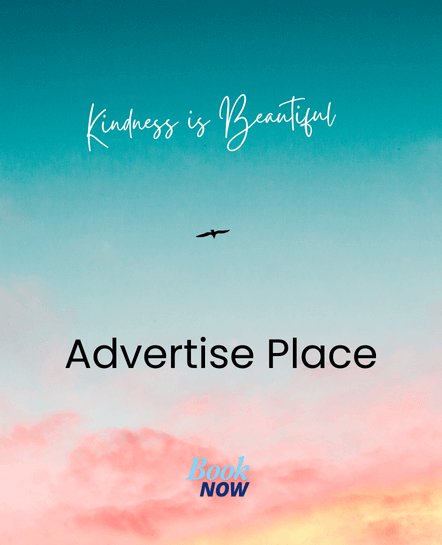Indoor tanning may peel off human skim and expose a user to the risk of burns. The effect is achieved through beds and tanning booths, which are increasingly comfortable and well equipped. However, dermatologists warn against risks such as premature aging and even skin cancer. Enthusiasts of this type of tanning understand that in order to achieve a uniform and enviable color, it is important to darken the skin a little every day. In a tanning bed, one gets a tanned skin gradually without ever getting burned or even peeled.
Whatever the reason, the beds and tanning booths are generating controversy and of course not safe when exposed on the human skin. According to doctors, the ultraviolet rays from the beds and booths can cause cancer and accelerate the aging of cells. The tanning beds have a transparent acrylic structure through which lights enter from a series of lamps.It has been proven that the ultraviolet rays A also have carcinogenic potential, that is, they can cause skin cancer.
Purpose of the Report
The purpose of this report is to explore, research and eventually determine whether tanning booths can cause or lead to skin cancer.
Background Information
The high-intensity ultraviolet radiation emitted by tanning booths, and increase the risk of skin cancer can cause other injuries and skin aging.
The information is based on several studies that have been carried out in the past. In addition, several cases of cancer have been observed among individuals who use tanning booths. Some drugs can sensitize the skin when they come into contact with UV light. Those who regularly use any medications need to know exactly if that their skins react with those drugs after being used. The ideal way is to undergo only one session per day of exposure to ultraviolet rays and give skin a rest for 48 hours for the next exhibition.
Forecast
In this particular report, I plan to discuss tanning booths and their intended purposes from an object point of view. Thereafter, the report will analyze the pros and cons of using tanning booths. Finally, the report will seek to investigate the actual negative effects of tanning booths in relation to exposure to UV rays. Hence, this will require an adequate research background of the subject matter. Relevant literature will be used to research about tanning booths and the associated health impacts. Recommendations and conclusions will finally form the last part of the report.
Step 6: Methodology
The multiple approaches that will be used in this report was chosen due to the broad and debatable nature of the subject matter. In other words, the use of tanning booths has generated a lot of controversy when it comes to safety. While some agree that it exposes skin to UV rays and eventual skin cancer, there are those who believe that tanning booths are relatively safe. This is the reason why it was necessary to use multiple research methodologies in order to thoroughly delve into the issue of tanning booths. I found my research in peer reviewed journal articles and professional publications. The database reports used in the analysis are from Proquest, Ebscohost and Wiley online libraries. Interviews and case studies were also vital source of information.
Step 7: Summary of Results
Major research findings of the study include:
- Tanning booths lead to the development of age spots, wrinkles, skin aging and of course skin cancer (Levine et al 1040). It has been found out that tanning booths weaken the top layer of the human skin and therefore enhances easy penetration of harmful rays from sun and immediate environment.
- The artificial procedure also alters the natural texture of the skin. It makes the skin texture to be quite light and vulnerable to UV rays of both class A and class B (Ferrucci 885)
- In addition, a blinding eye disease can easily be contracted by individuals who use tanning booths. In most instances, most users do not use any type of protection when using tanning booths (Barton 368).
Step 8: Implications of Results
The results contained in this research study imply that the use of tanning booths is one of the major contributing factors of skin cancer. While people still use tanning booths to lighten their skin, there are numerous health dangers associated with the practice. It is apparent that avoidance of tanning booths can significantly lower the risk of skin cancer.
Step 9: Conclusion and Recommendations
If you see any allergies, inflammation or bubble, exposure should be stopped and the issue reported immediately to a medical doctor. Contact lens wearers should remove them because due to the heat, they can damage or irritate the eyes. It is also necessary to protect the nipples. People who have made use of peeling or exfoliating creams or lotions should also be prohibited from beds or tanning booths. Teens and pregnant women should avoid this type of tanning. Besides, people should drink at least two liters of water a day; have a good diet rich in beta-carotene, found in carrots, beets and pumpkin. At the end of each session, it is necessary to drink water. It is essential that people wear eye protection during the sessions so that the cornea is not at risk of burning.
This study is important because it can be used to lower new cases of skin cancer. Future studies on this area should seek to develop new alternative methods that do not weaken skin layer instead of tanning booths.

Leave a Reply